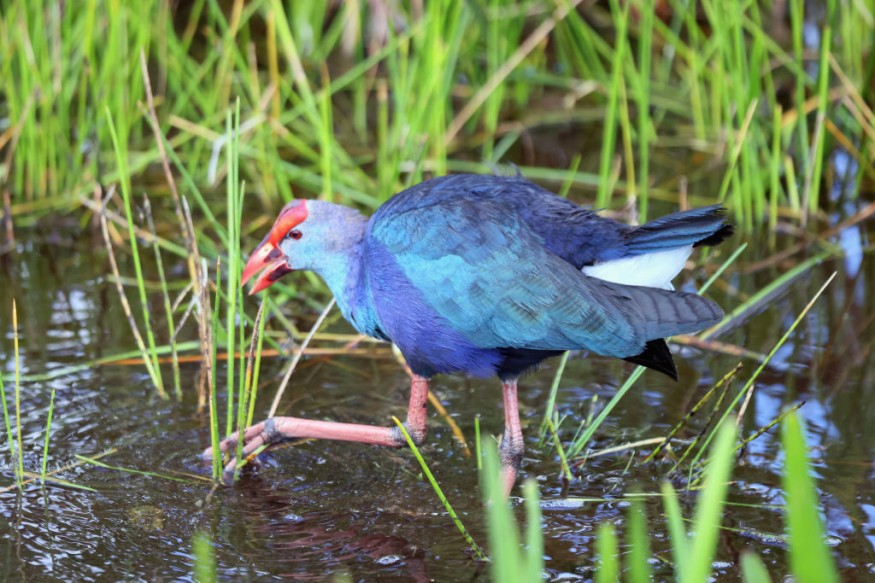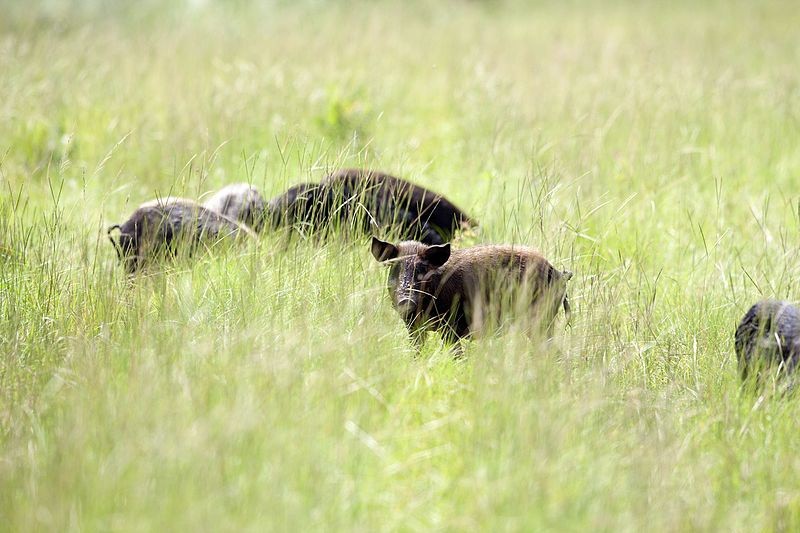Gains are being made in the fight to preserve the Florida wildlife corridor. After passing a statute to preserve wildlife corridors, the state has started to buy and safeguard land where iconic animals like Florida panthers roam.

Black bears, gopher tortoises, and endangered Florida panthers once roamed freely in Florida's steamy swamps, vast pine and cypress woods, and open plains.
However, the future of these wild areas and animals is in danger due to the state's burgeoning human population, which is increasing by more than a thousand people per day on average.
Legislative Support

State officials and conservationists have been fighting to preserve the Florida Wildlife Corridor, a green network of open areas spanning the state that encompasses wild landscapes, pastureland, citrus groves, and the edges of suburbs, to conserve the land, animals, and humans' quality of life. The ecological functionality of the environment and the genetic health of diverse organisms like panthers depend on habitat preservation.
The Florida Wildlife Corridor Act, which set aside $400 million to safeguard it from development and officially recognized most of the state's territory as a component of this natural network, was enacted by the Florida State Senate and House unanimously in June 2021. (Read more: Florida passes broad legislation to safeguard its wildlife corridors.)
Wide Area

Since that time, more than 56,000 acres (80 square miles) of land, an area bigger than the District of Columbia, have been either purchased by the state or acquired through the acquisition of conservation easements, which prevent a property from ever being developed. State, local, and federal organizations contributed the funding, which totaled around $140 million.
New properties are being placed in conservation easements or purchased by the state to conserve environmentally significant lands in Florida as development pressure grows.
On August 23, state representatives decided to safeguard seven more estates with a combined area of around 20,000 acres. These environments, which include ranches, pasturelands, other agricultural regions, and portions of forests, offer habitat and space for migratory wildlife in danger of extinction. According to Tori Linder, managing director of Path of the Panther, a nonprofit backed by the National Geographic Society, they are also essential for recreation, controlling nitrogen and fertilizer runoff, which can result in algae blooms, and preserving drinking water supplies. In addition, open areas help slow down water traveling quickly so that it can percolate into aquifers rather than going into the ocean quickly.
The National Geographic Explorer Carlton Ward, a photographer, and conservationist, said that while celebrating the advancements, conservationists point out that even more funding and protection are required to preserve the links in the corridor that are anticipated to be lost to development in the following ten years.
Conservation Hope
In the habitat of the Florida panther, massive subdivisions and developments like a 45,000-acre project in Collier County continue to be built.
Shawn Hamilton, secretary of the Department of Environmental Protection, says that losing significant conservation lands to development "makes us realize we need to be aggressive... in protecting green infrastructure" and that it "underpins the importance of doubling down on our partnerships and [investments] to bring properties into the fold."
According to an economic assessment published in February 2022, Linder helped the Florida Animals Corridor needs to be conserved on almost a million acres of property by 2030 to sustain its biological functionality and connectivity for wildlife.
For more environmental news, don't forget to follow Nature World News!
© 2025 NatureWorldNews.com All rights reserved. Do not reproduce without permission.





